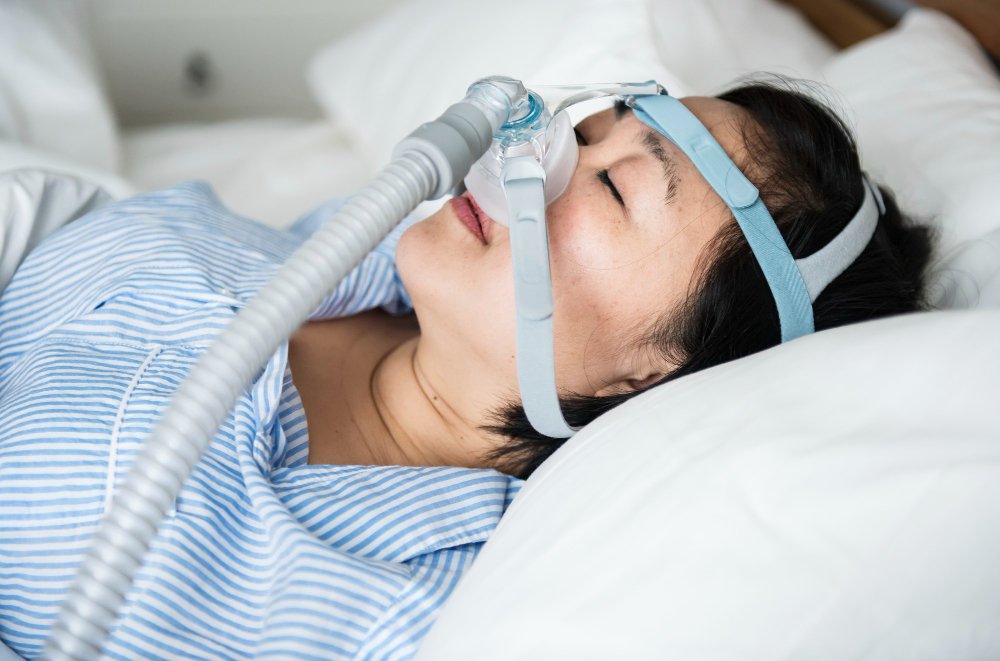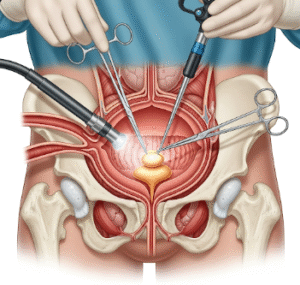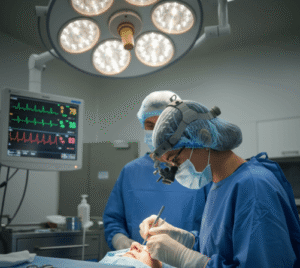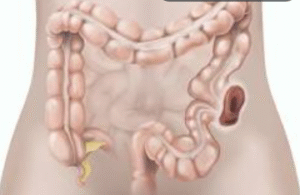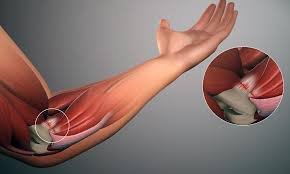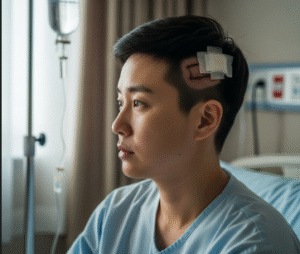Overview
Apnea refers to a temporary cessation of breathing, especially during sleep. It can occur in various forms, such as obstructive sleep apnea (OSA), central sleep apnea, and mixed apnea, and may lead to serious health complications if left untreated. Apnea affects both children and adults, and it significantly impacts sleep quality and overall health.
What is Apnea?
Apnea is a condition characterized by repeated pauses in breathing during sleep, each lasting for at least 10 seconds. These pauses can occur due to either a blockage of the airway (obstructive), lack of respiratory effort (central), or a combination of both. The most common type is obstructive sleep apnea (OSA), which happens when the throat muscles intermittently relax and block the airway.
Symptoms
- Loud and chronic snoring
- Episodes of stopped breathing during sleep (witnessed by another person)
- Gasping or choking during sleep
- Excessive daytime sleepiness or fatigue
- Morning headaches
- Difficulty concentrating
- Mood changes, such as irritability or depression
- Insomnia or restless sleep
- Waking with a dry mouth or sore throat
Causes
- Obstructive Sleep Apnea: Caused by relaxation of throat muscles blocking the airway
- Central Sleep Apnea: Caused by brain failing to send proper signals to breathing muscles
- Mixed Apnea: Combination of both obstructive and central apnea
- Congenital Conditions: Like in Apnea of Prematurity (common in premature infants)
- Obesity, alcohol consumption, smoking, and sedative use increase the risk
Risk Factors
- Being overweight or obese
- Neck circumference (larger neck may narrow the airway)
- Narrowed airway (either inherited or due to enlarged tonsils)
- Male sex
- Age (risk increases with age)
- Family history of sleep apnea
- Use of alcohol, sedatives, or tranquilizers
- Smoking
- Nasal congestion (chronic)
Complications
- High blood pressure (hypertension)
- Heart problems, including irregular heartbeat, heart failure, and stroke
- Type 2 diabetes
- Liver problems
- Daytime fatigue leading to reduced productivity, accidents
- Depression and anxiety
- Complications with medications and surgery
- Poor sleep quality for both the patient and bed partner
Prevention
- Maintain a healthy weight
- Avoid alcohol and sedatives before bedtime
- Quit smoking
- Sleep on your side rather than your back
- Treat nasal congestion or allergies
- Maintain a regular sleep schedule
- Use a humidifier to keep airways open
Treatment Options in Korea
South Korea is a leading destination for the diagnosis and treatment of sleep disorders, including apnea. It offers state-of-the-art medical technologies and expert ENT (Ear, Nose, and Throat) specialists.
1. Diagnosis
- Polysomnography (Sleep Study): Gold standard for diagnosing apnea
- Home Sleep Apnea Testing: A more convenient option for some patients
- ENT Evaluation: To detect anatomical causes like nasal blockage or enlarged tonsils
- CPAP Titration: To determine optimal airway pressure for therapy
2. Treatment Options
- Continuous Positive Airway Pressure (CPAP): The most common and effective treatment for moderate to severe OSA
- Oral Appliances: For mild cases or those intolerant to CPAP
- Surgery:
- Uvulopalatopharyngoplasty (UPPP)
- Septoplasty or Turbinate reduction
- Tonsillectomy or Adenoidectomy (especially in children)
- Maxillomandibular advancement
- Weight Management Programs
- Lifestyle Counseling and sleep hygiene improvement
3. Follow-up Care
- Regular adjustment and monitoring of CPAP or oral device
- Ongoing ENT consultations if structural issues are involved
- Lifestyle support to maintain weight and healthy sleep patterns

